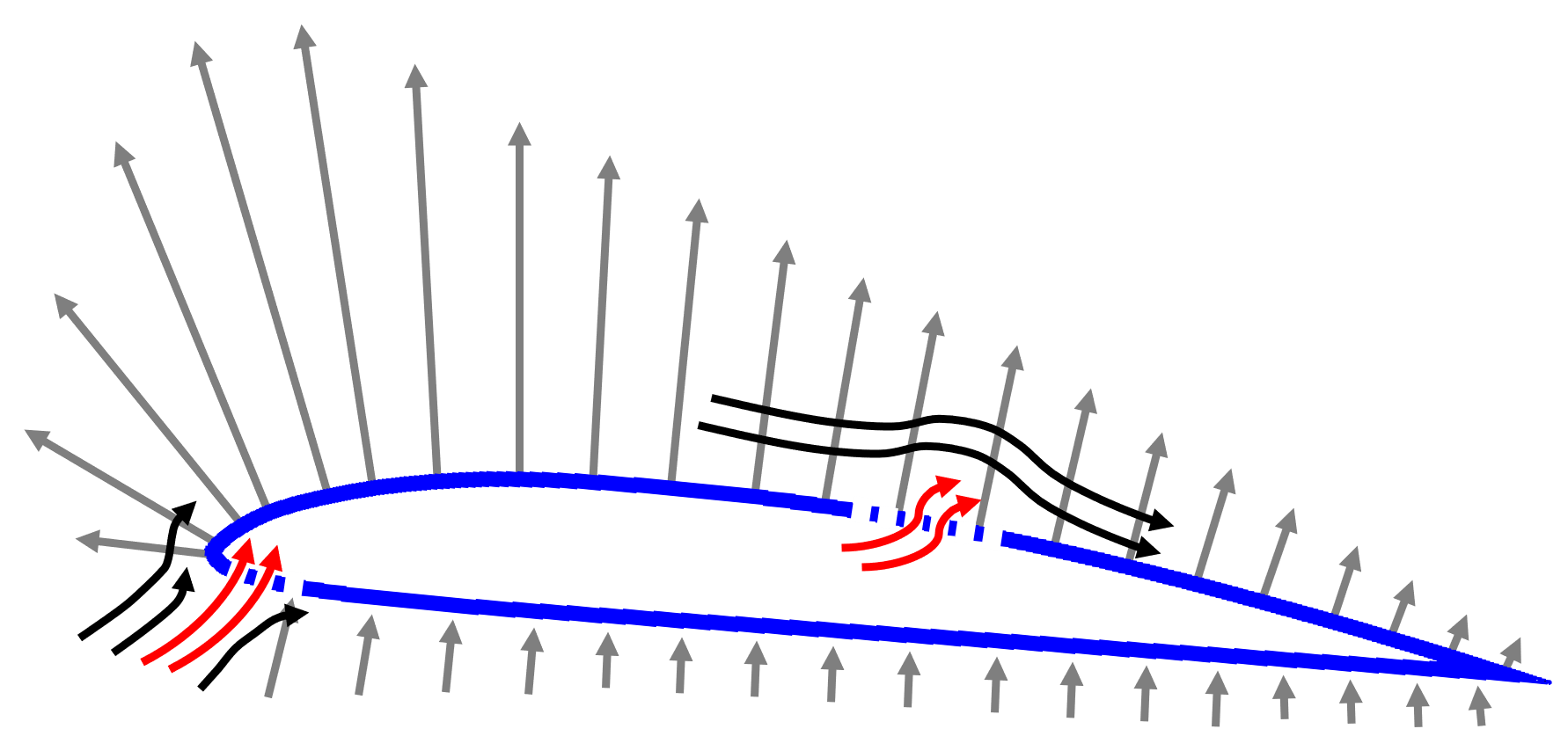
Conventional flight control systems are limited by the servomechanical response time of the control surface which can pose a significant demand on the pilot in adverse circumstances. The current investigation aims to use active bleed to enable considerably faster response times without a devoted powered air source in a scalable and low-observable fashion. The bleed is driven through the aerodynamic surfaces by inherent pressure differences in flight (e.g., between and across the pressure and suction surfaces of the wing) (Figures 1 and 2), and is regulated by low power, surface-integrated louver valves. Experiments will be conducted on a 2-DOF traverse integrated with an open-return wind tunnel (Figure 3). The traverse enables characterization of open-loop aerodynamic response to flow control actuation and demonstrations of commanded, closed-loop control (e.g., trajectory tracking and disturbance rejection).


Supported by ONR
